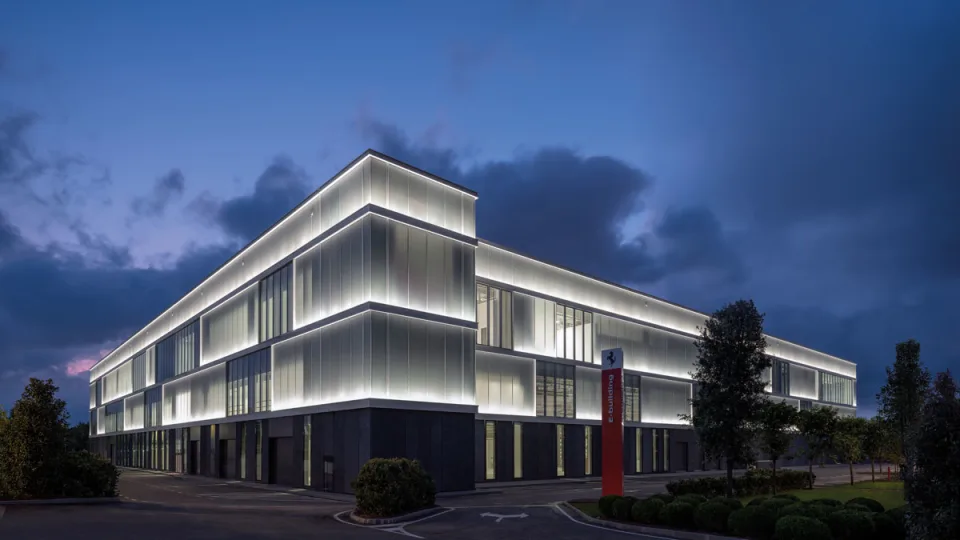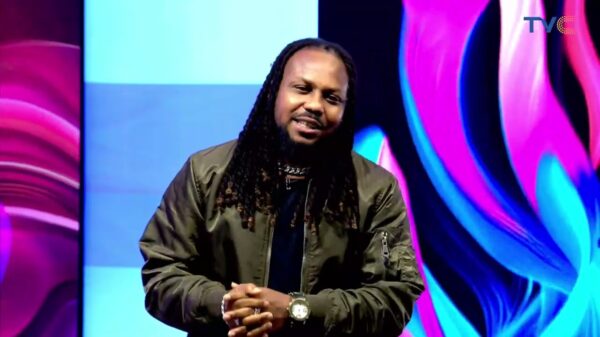Ferrari has inaugurated its new “E-building” in Maranello, marking the biggest expansion at its storied factory in decades. Renowned Italian architect Mario Cucinella designed this state-of-the-art assembly facility, which cost around $214 million and took just two years to complete. The E-building will manufacture Ferrari’s upcoming electric supercar, set to debut late next year. Additionally, it will have the flexibility to produce Ferraris with hybrid and traditional internal-combustion engines. For the first time, Ferrari will also build its own electric motors and batteries.
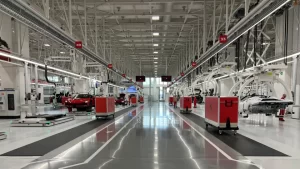
The new plant could increase Ferrari’s annual production capacity from 14,000 cars to over 20,000, freeing up space in the existing facility for low-volume, highly personalized models that yield high margins. Initially, the E-building will focus on producing the Purosangue SUV and the SF90 hybrid hypercar early next year. Subsequently, this will be followed by the new Ferrari EV in 2025 and possibly a second electric model rumored to be in development.
Historical Significance and Expansion
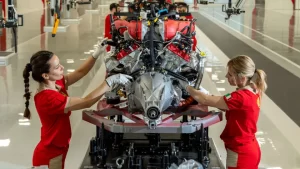
Ferrari’s first car rolled out from the original factory buildings in 1947, established by Enzo Ferrari at 4 Via Abetone. Over the years, the factory has expanded, but this new development is the largest since 2002. To create the E-building, Ferrari demolished outdated industrial buildings, expanding the factory’s footprint by about a quarter.
The production process will take place on two spacious, well-lit floors featuring advanced technology. Self-driving “cobots” will transport cars between assembly stations, and workers can adjust the cars to optimal working heights and angles. This will enhance efficiency and worker comfort.
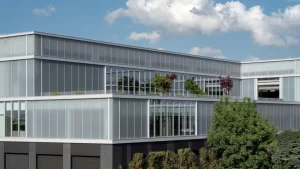
At the plant’s opening, notable attendees included Ferrari CEO Benedetto Vigna, Italy’s president Sergio Mattarella, Ferrari president John Elkann, and Piero Ferrari, vice chairman and son of Enzo Ferrari. Vigna emphasized Ferrari’s commitment to maintaining exclusivity to preserve the brand’s value, even with a potential production increase.
While Ferrari is committed to electric propulsion, Vigna stressed that the brand’s identity extends beyond gas engines. The new EV is expected to retain the essence of Ferrari’s iconic roar. The company is dedicated to offering vehicles with all three types of propulsion—electric, hybrid, and combustion—even as many markets move towards banning purely combustion-powered cars.
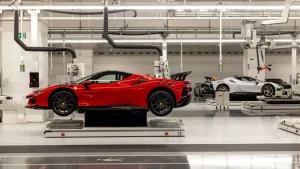
Vigna highlighted the importance of flexibility in adapting to market changes. “We have potential clients waiting for an EV, some saying they’ll never buy one, and others willing to add an EV to their collection. This new plant is about capability, not just capacity.”
Although details about the new Ferrari EV remain under wraps, Vigna assured that it will embody the brand’s core values. “Even the president of Italy won’t get a preview. The only certainty is that it will have four wheels and be a Ferrari.”


